What node is most important?
Casper van Elteren
Dynamic importance of nodes is poorly predicted by static topological features
Complex systems are ubiquitous
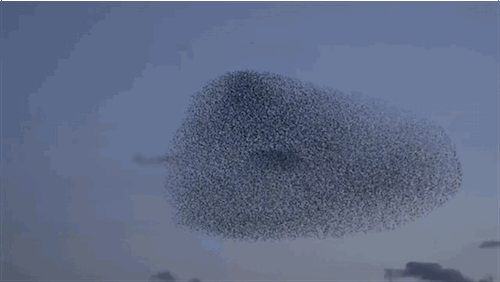


- Structure
- Dynamics
- Emergent behavior

Most approaches are not applicable to complex systems:
- Use simplified dynamics
- Use structure as dynamic importance
- Use overwhelming interventions
What is the most important node?
> What node drives the system?

- Stationarity of system dynamics
- Local linearity of state transitions
- Memory-less dynamics
- ....
Wang et al. (2016)
However we have a many-to-one mapping
1. Simplified dynamics
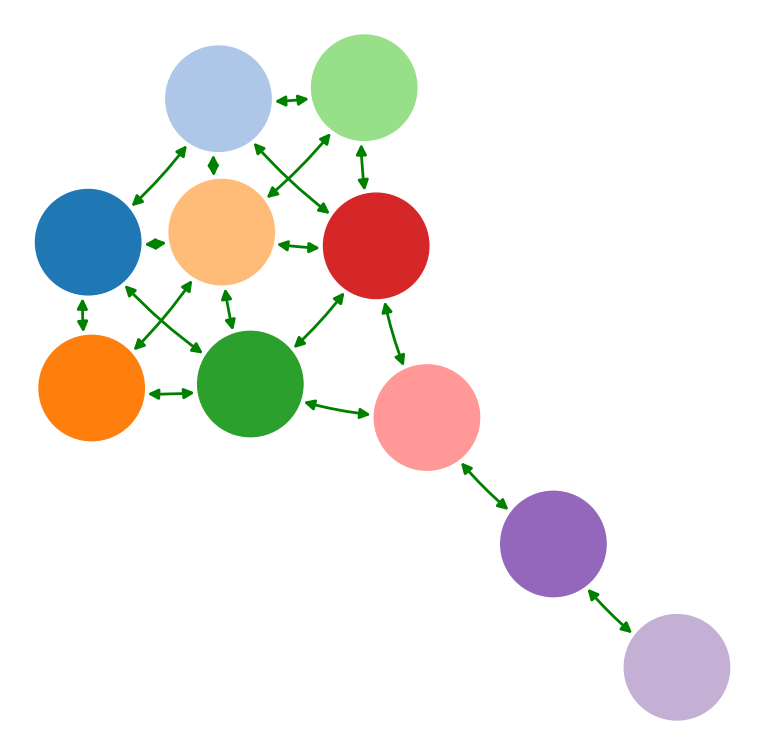
"Well-connected nodes are dynamically important"
2. Which feature to select?
N.B. implicit dynamics assumption!
Harush et al. (2017)

2. Dynamic importance interacts with structure
Genetic
Epidemic
Biochemical
Ecological
3. The size of intervention matters
- Interventions are crucial for the scientific method
- Many are overwhelming:
- Gene knockout
- Replacing signal
Pearl (2000)
Mechanism driving behavior are different under overwhelming interventions!

Summary
We have seen:
- Most methods simplify the complex system
- ..use structure for identifying 'important' parts
- ..use overwhelming interventions
Possible solution: information theory
Information theory and complex systems
Traditional approaches are domain specific but all ask similar questions, e.g.:
- What node is most important?
- Does it exhibit criticality?
- How robust is the system to removal of signals?
- ....
Quax et al. (2016)
How to achieve universal approach to study various complex behavior?
There is a need for a universal language that decouples syntax from semantics
Quax et al. (2016)


Domain specific

+
Quantify in terms of "information"
Traditional approach
Information viewpoint
Up
Down
...
P(System)
Up
Down
...
P(Bird)
Shannon (1948)
Information Entropy: "Amount of uncertainty"
Mutual information: "Shared information"
N.B. No assumption on what generates P



Information in complex systems
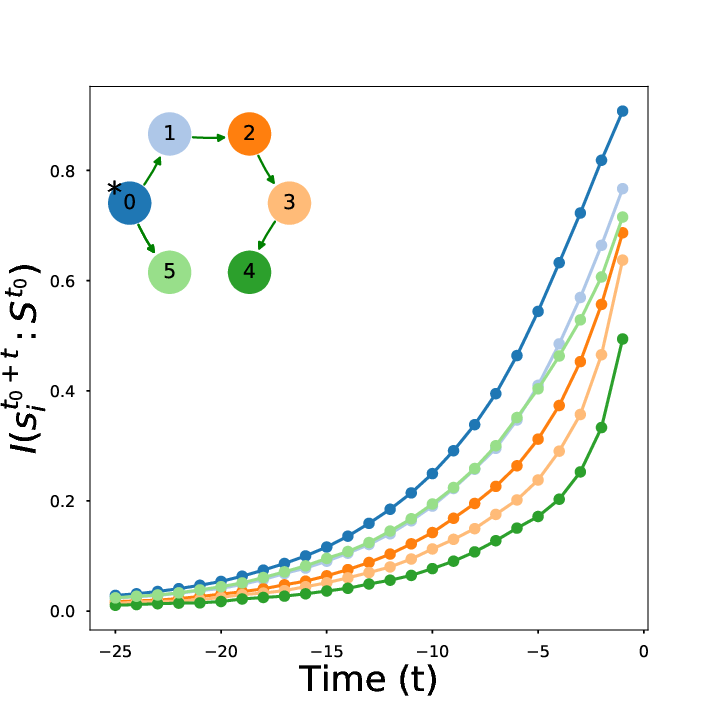
Given ergodic system S
Information will always decrease as function of time
Driver-node will share the most information with the system over time
Diminishing role of hubs
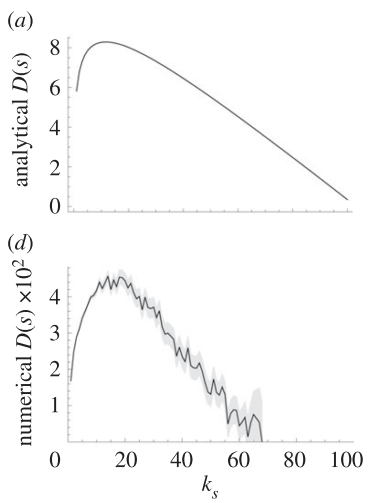
Quax & Sloot (2013)
- Infinitely sized networks
- Locally tree-like
- No-self loops
Degree
Numerical
Analytical
Goals
Answer:
- Can information theory tools be used on real-world systems?
- Does well-connectedness translate to dynamical importance in real-world systems?
- Does intervention size matter in real-world systems?
Prior results:
- Assume dynamics
- Dynamics interact with structure
- Overwhelming interventions
- Theoretical
Goal: identify driver-node in real-world systems
Application domain
- Mildly depressed patients
- Center for epidemiologic studies depression scale (CES-D)
- Changing lives for older couples (CLOC), N = 241
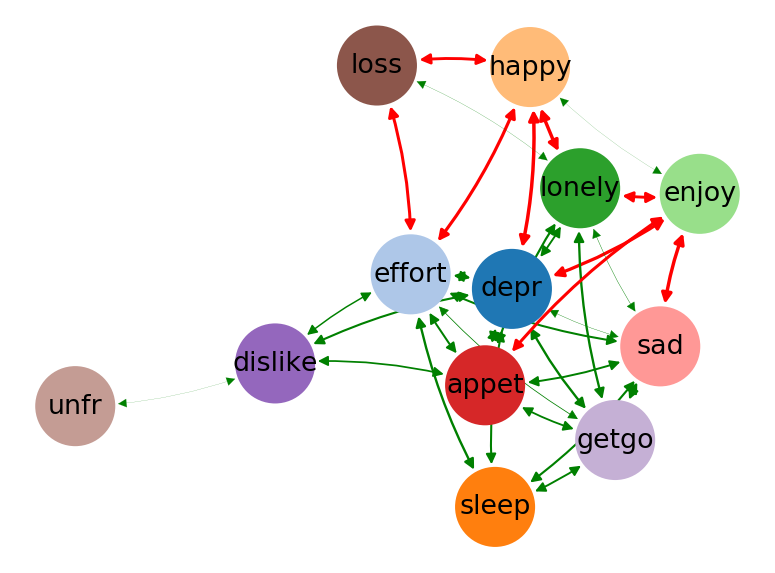
Fried et al. (2015)
Node dynamics
Ising spin dynamics
Glauber (1963)
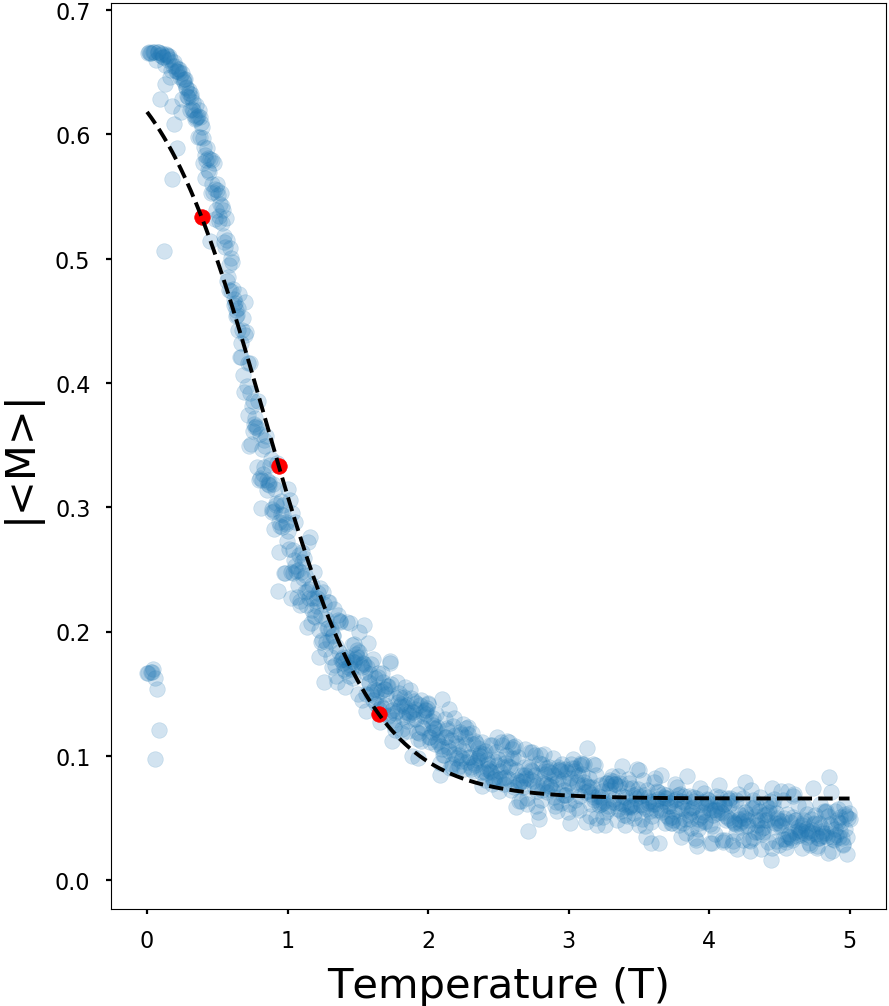
Used to model variety of behavior
- Neural dynamics
- Voting behavior
- ....

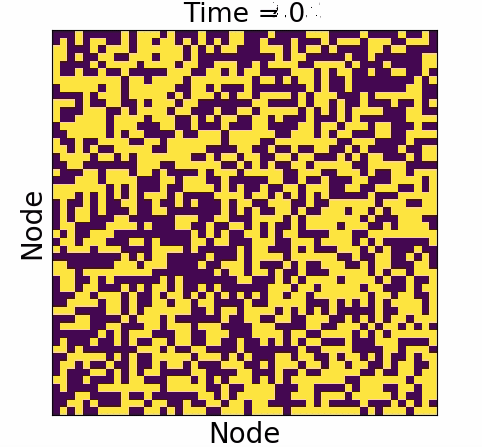
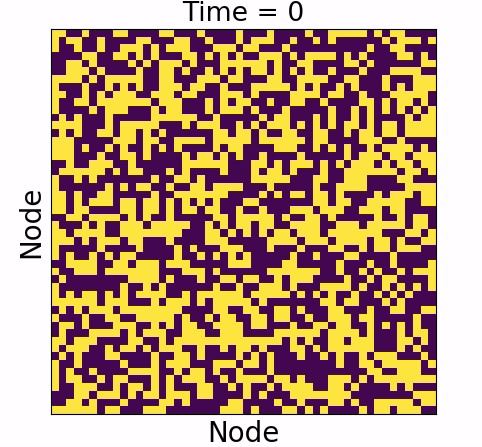
Causal influence

Causal influence forms the ground truth
- Underwhelming :
- Overwhelming:
Causal impact
Advantages of KullBack-Leibler divergence:
- Non Negative
- Zero iff P' == P
- No assumption on P
- Optimality in coding setting
- Embodies extra bits needed to code samples from P' given code P
Information impact
- Node with largest causal influence has highest information impact
- Observations only!
- No perturbations required

Structural metrics
| Name | What does it measure? |
|---|---|
| Betweenness | Shortest path |
| Degree | Local influence |
| Current flow | Least resistance |
| Eigenvector | Infinite walks |
Statistical procedure
| Ind. var max(x) | Dep. var |
|---|---|
| - Degree centrality - Betweenness centrality - Current flow centrality - Eigenvector centrality - Information impact |
Causal impact - Underwhelming - Overwhelming |
Classification with random forest:
Random forest classifier


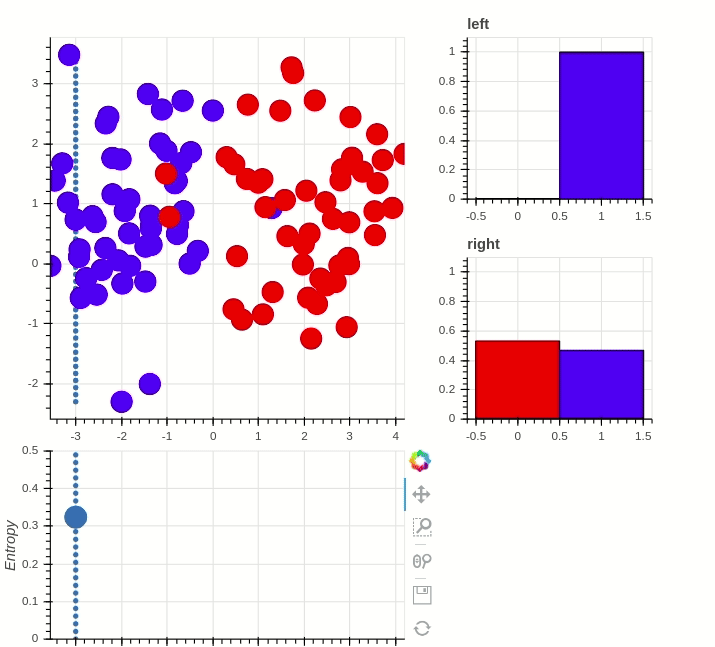
RNF classifier with high prediction accuracy






- Underwhelming does not match overwhelming causal impact
- Information impact matches underwhelming causal impact
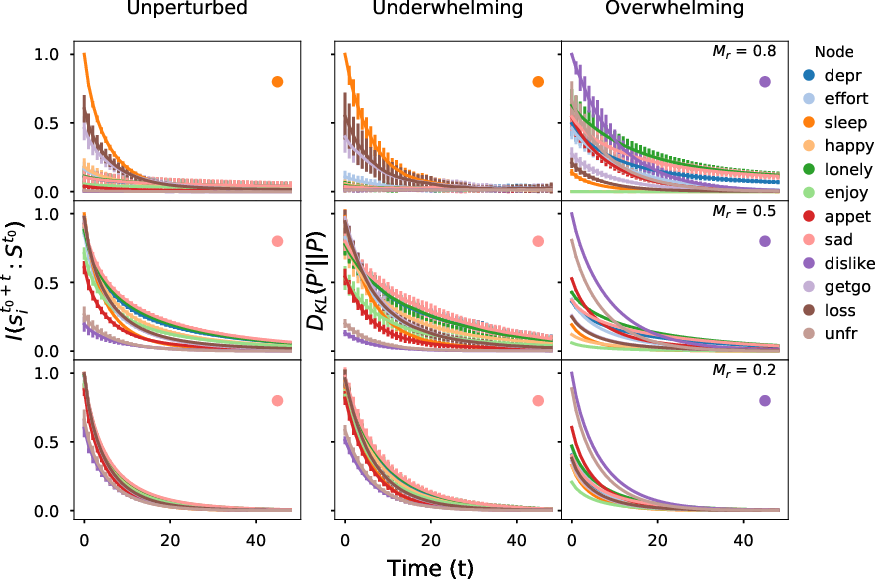
Information impact captures driver-node change

Information impact varies linearly with low causal impact

- No structural metric showed a linear relation with low causal impact
- Information impact was highly linear with low causal impact
Summary
- Information impact predict driver-node for unperturbed dynamics
- Intervention size matters
- Structural metrics don't identify driver-node well
Take-home message:
Structural connectedness != dynamic importance
Future direction
- Does information impact generalize well to other graphs?
- Does it generalize well to other dynamics?
- Can it be used to detect transient structures?
- Asymmetry in time effects
- ....
Acknowledgement
- A big thanks to dr. Rick Quax for his supervision

Models
Information
toolbox
Plotting toolbox
IO toolbox
- Fast
- Extendable
- User-friendly
Information toolbox


Reference
- Glauber, R. J. Time-dependent statistics of the Ising model. Journal of Mathematical Physics 4, 294–307 (1963).
- Quax, R., Apolloni, A. & Sloot, P. M. a. The di-
minishing role of hubs in dynamical processes
on complex networks. Journal of the Royal Soci-
ety, Interface / the Royal Society 10, 20130568. arXiv:
1111.5483 (2013). - Quax, R., Har-Shemesh, O., Thurner, S., & Sloot, P. (2016). Stripping syntax from complexity: An information-theoretical perspective on complex systems. arXiv preprint arXiv:1603.03552.
- Harush, U. & Barzel, B. Dynamic patterns of in-
formation flow in complex networks. Nature Com-
munications 8, 1–11 (2017). - Harush, U. & Barzel, B. Dynamic patterns of in-
formation flow in complex networks. Nature Com-
munications 8, 1–11 (2017). - Fried, E. I. et al. From loss to loneliness: The re-
lationship between bereavement and depressive
symptoms. Journal of Abnormal Psychology 124, 256–
265 (2015).
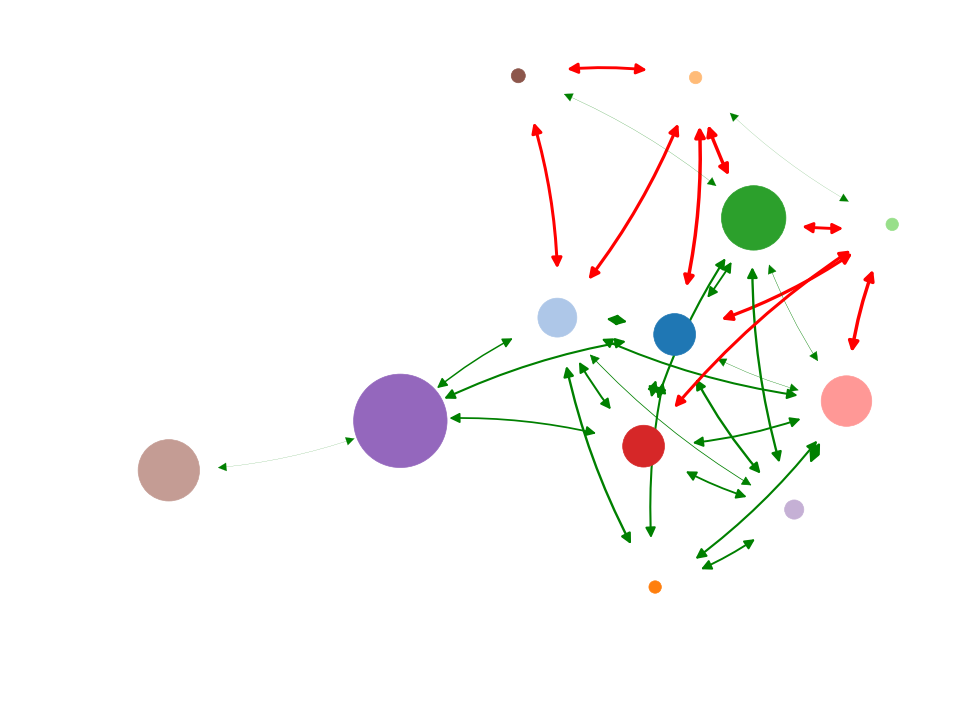
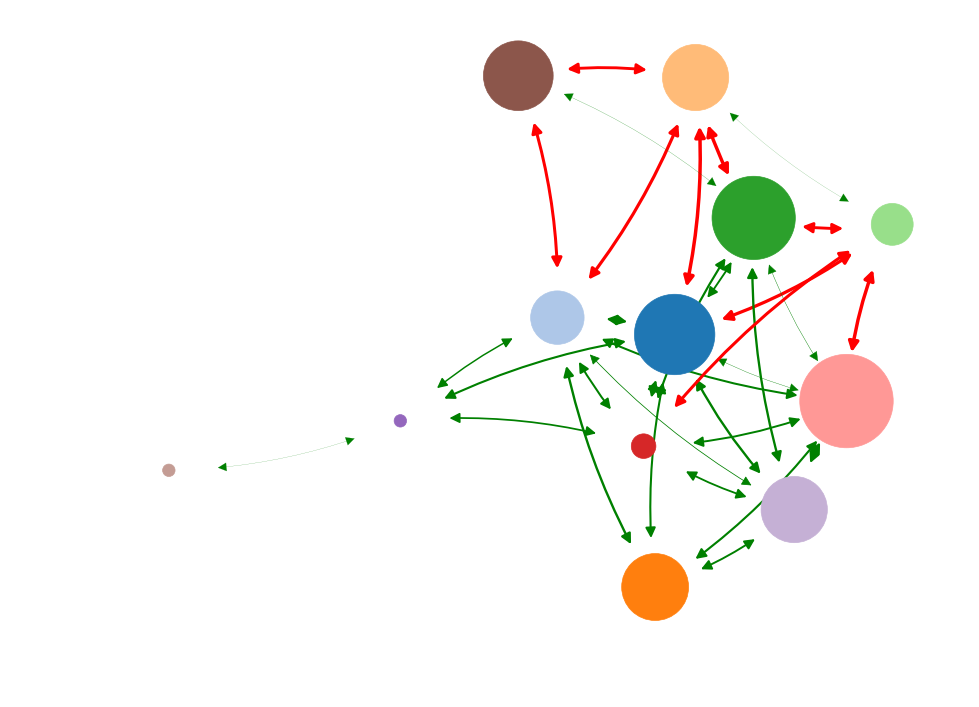
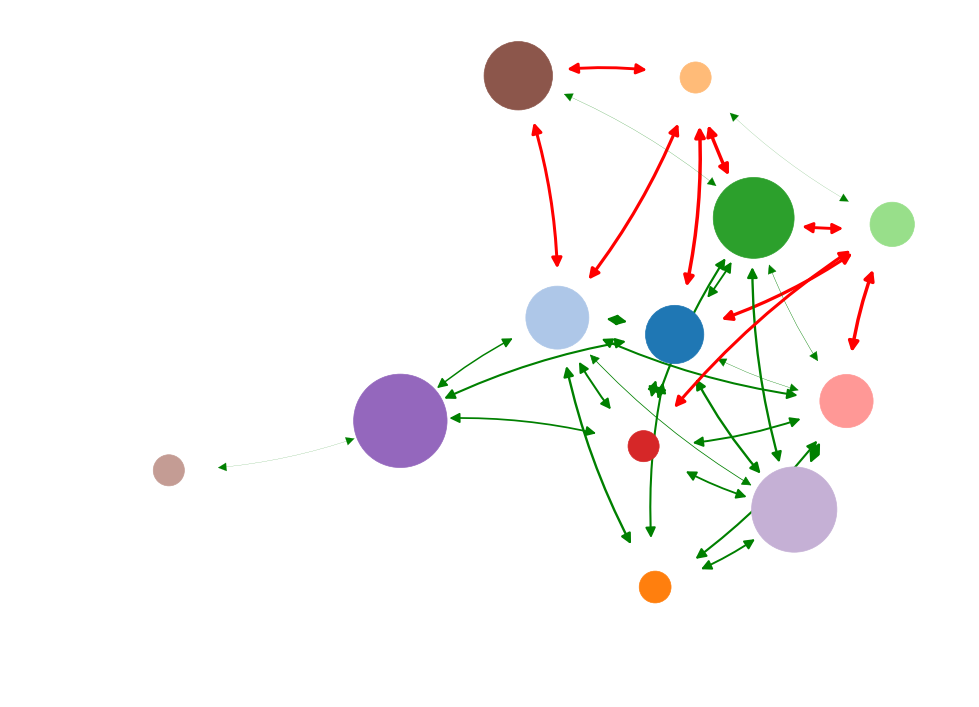
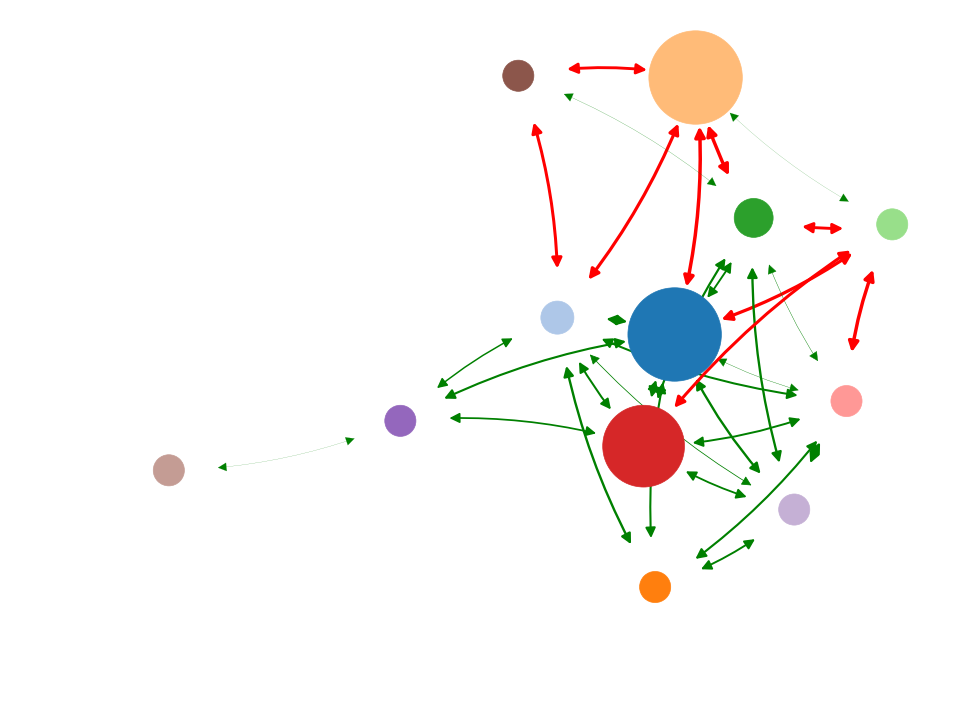
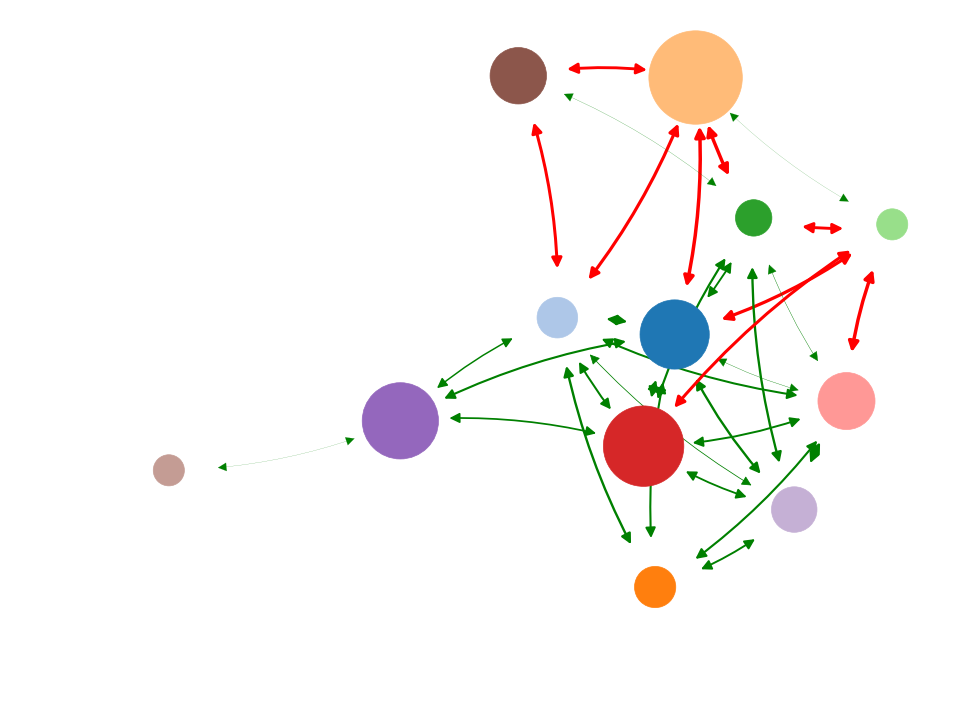
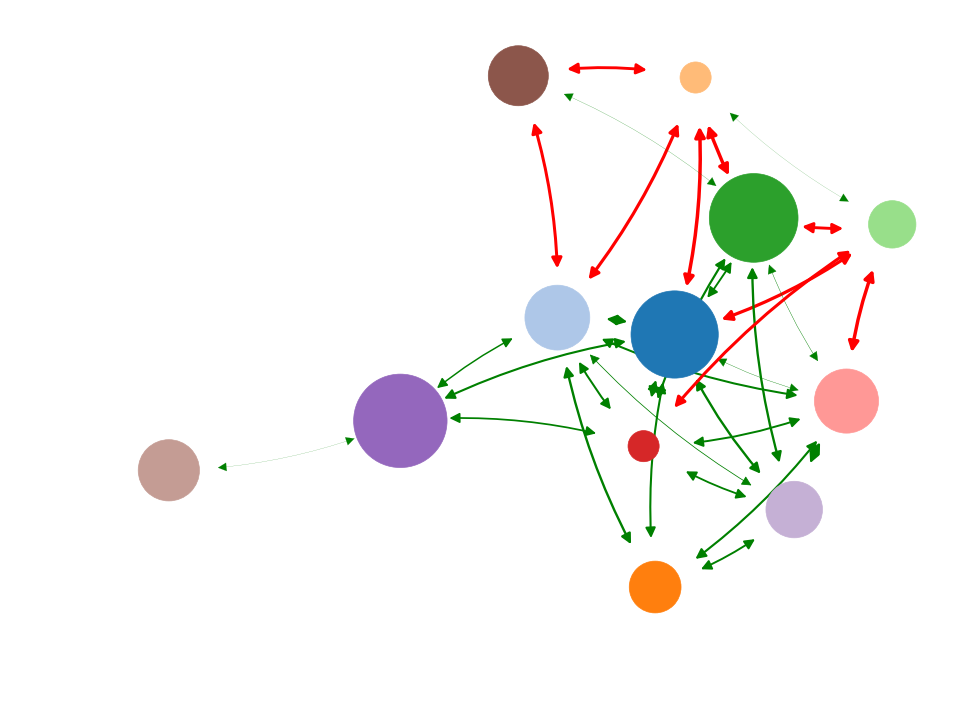
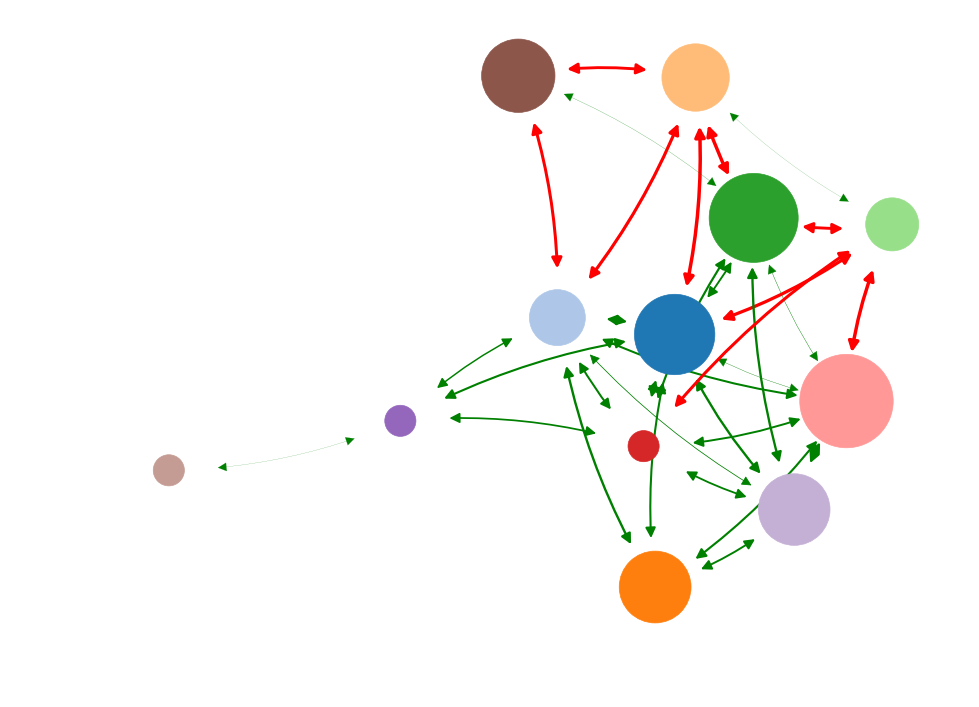
Information impact
Betweenness
Degree
Current flow
Eigenvector
Low causal impact
High causal impact

Shannon (1948)
A
B
P(A)
0
1
P(B | A = a)
0
1
Entropy
Mutual information
Numerical methods
- Monte-Carlo methods
- Compare information impact and centrality metrics
- Intervention:
- Underwhelming
- Overwhelming

Statistical procedure
- Quantify accuracy with random forest classifier
- Validation with Leave-One-Out cross-validation
m = amount of regressors
N = number of samples
